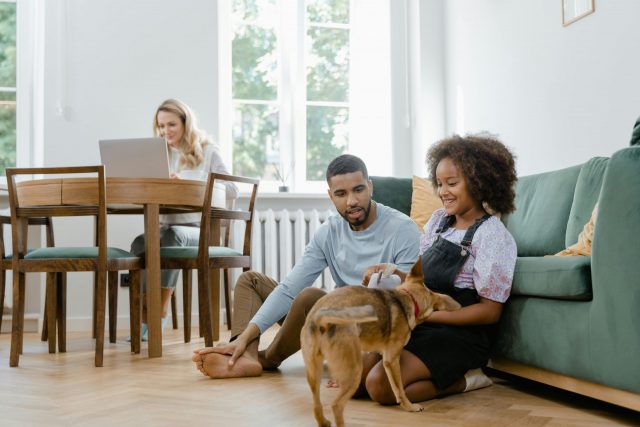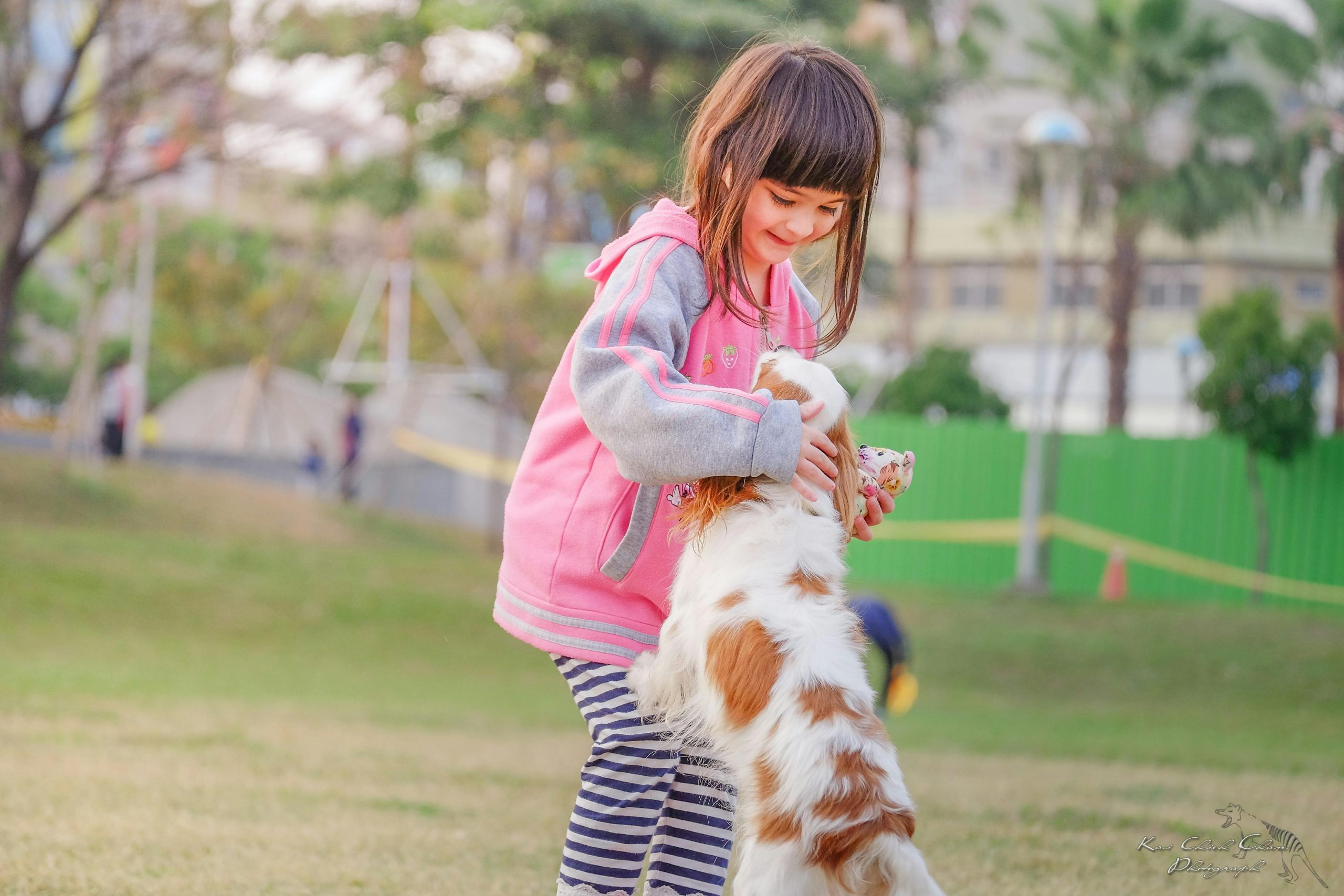Introducing your dog to new people can be significant for your pet and those they are meeting. Proper introductions ensure your dog feels safe and secure while making a positive impression on new acquaintances. Whether you have a young puppy or an older dog, how you handle these introductions can influence your dog’s behavior and comfort in social situations. Understanding the importance of proper introductions, preparing your dog, and knowing the steps to take can make all the difference.
In this article, we will explore the significance of introducing your dog to new people, practical tips for preparation, detailed steps for a safe introduction, common mistakes to avoid, and strategies for maintaining positive interactions.

Why It’s Important to Introduce Your Dog to New People Properly
Properly introducing your dog to new people is essential for several reasons. First, it helps build your dog’s social skills, making them more comfortable and less anxious in different environments. When dogs are introduced to new people positively and controlled, they learn to associate strangers with good experiences, reducing the likelihood of fear or aggression.
On the other hand, improper introductions can lead to negative consequences. Dogs that are forced into interactions without adequate preparation or are exposed to overwhelming situations can develop anxiety, fear, or even aggressive behaviors. These negative experiences can make future introductions more challenging and may lead to behavioral issues that require professional intervention.
Discover Breeds That Need Extra Social Efforts
Preparing Your Dog for Meeting New People
Preparation is key to ensuring your dog is ready to meet new people. Here are some tips for training your dog to be calm and obedient:
- Basic Training: Teach your dog basic commands such as sit, stay, and come. These commands can help you control your dog during introductions and keep them calm.
- Socialization: Gradually expose your dog to different environments, sounds, and people. Start with low-stress situations and gradually increase the level of exposure.
- Positive Reinforcement: Use treats and praise to reward your dog for calm and obedient behavior. Positive reinforcement helps in creating a positive association with new experiences.
Additionally, ensure your dog feels comfortable and safe before meeting new people. Create a calm environment and avoid introducing your dog to strangers when they are anxious or stressed.
Steps to Introduce Your Dog to New People Safely
Here are the detailed steps for a smooth introduction process:
- Choose the Right Setting: Select a neutral, quiet environment for the introduction. Avoid crowded or noisy places that might overwhelm your dog.
- Leash Control: Keep your dog on a leash to maintain control and ensure safety. This allows you to manage your dog’s behavior and prevent any sudden reactions.
- Calm Energy: Approach the introduction with a calm and positive attitude. Dogs can sense your energy, so staying relaxed helps keep them calm.
- Slow Approach: Allow the new person to approach your dog slowly. Let your dog initiate contact and sniff the person at their own pace.
- Body Language: Pay attention to your dog’s body language. Signs of comfort include wagging tails, relaxed posture, and curiosity. Signs of discomfort include cowering, growling, and showing teeth. If your dog shows signs of distress, take a step back and give them more time.
Dos and Don’ts When Introducing Your Dog to New People
Dos:
- Do use treats and praise to reinforce positive behavior.
- Do allow your dog to approach new people at their own pace.
- Do stay calm and positive throughout the introduction.
Don’ts:
- Don’t force your dog to interact if they are showing signs of fear or discomfort.
- Don’t allow new people to overwhelm your dog with sudden movements or loud noises.
- Don’t ignore your dog’s body language and signals.
Explore Breeds Known For Their Social Nature
What to Do If Your Dog Reacts Negatively
If your dog reacts negatively during an introduction, it’s important to handle the situation calmly and effectively:
- Stay Calm: Your reaction can influence your dog’s behavior. Stay calm and composed to help your dog feel secure.
- Remove the Dog from the Situation: If your dog shows signs of aggression or fear, calmly remove them from the situation and give them space to relax.
- Desensitization Techniques: Gradually expose your dog to new people in controlled settings. Start with people at a distance and slowly decrease the distance as your dog becomes more comfortable.
Maintaining Positive Interactions Post-Introduction
To ensure continued positive experiences with new people, follow these steps:
- Consistent Reinforcement: Continue to reward your dog for positive interactions with treats and praise. This reinforces good behavior and builds confidence.
- Regular Socialization: Regularly expose your dog to different people and environments to maintain social skills.
- Monitor Interactions: Keep an eye on your dog’s behavior during interactions. Intervene if you notice any signs of stress or discomfort.
Following these guidelines can help your dog develop positive social skills and build their confidence when meeting new people. Proper introductions are beneficial for your dog’s well-being and for fostering harmonious relationships between your dog and the people they encounter.

 Toledo, United States.
Toledo, United States.